Union League of Philadelphia
Posted By Norman Gasbarro on November 6, 2011
Before, during and after the Civil War, many patriotic organizations were formed to express support for the country. Some of these took root in cities, while other were more popular in the countryside. One of the most famous and most successful of these organizations was the Union League of Philadelphia.
In May 1865, the Union League of Philadelphia opened its new house on South Broad Street. It had been organized in 1862 as a patriotic organization to support Abraham Lincoln and the concept of Union. It was the prototype of the “Union League Movement” which spread across the United States during the Civil War and afterward in Reconstruction.
The original headquarters of the Union League was at 1118 Chestnut Street (Washington Square), Philadelphia, shown below in an 1863 photo. The broadsides on the wall in front of the adjacent building promote candidates and positions for an upcoming election. This was the location of activities during the Civil War.
The new house of the Union League on Broad Street was the headquarters for activities during the period of Reconstruction and afterward. The opening was described in a Philadelphia Inquirer article of 12 May 1865:
OPENING OF THE UNION LEAGUE HOUSE — RAISING OF THE AMERICAN FLAG — The new Union League House, on Broad Street, was thrown open yesterday morning to visitors, a large number of whom availed themselves of the opportunity of inspecting the different apartments. Among those present yesterday were a number of ladies who were strangers in this city. A full description of the exterior of this beautiful and substantial structure was given in this paper a few days since, in advance of all other contemporaries. It remains therefore to speak of the furniture, which has been placed in the different rooms. This will not give a just conception of the interior arrangements, however, as much more is to be added before the work of furnishing will be complete.
On ascending the flight of steps in front of the building, the spectator is at once ushered into the main hallway; the first object of attention on entering are the beautiful marble busts of Washington and Franklin, which are placed on pedestals on either side of the hall. A revolving bulletin board is placed in the centre, on which will be posted any special news which may be of interest to the members at large.
Next Sunday, this blog will continue to “visit” this grand building by “viewing” some of the rooms as seen by a reporter of the Philadelphia Inquirer.
Today, the Union League continues to abide by its motto, “Love of Country Leads.” It has supported America’s military in all wars since the Civil War. Within the current complex of buildings is a library-museum that houses a unique collection of artifacts and art.
UNION LEAGUE OF PHILADELPHIA
Founded 1862 as a patriotic society supporting President Lincoln’s efforts to preserve the Union. Recruited and financed troops during the Civil War. Its membership of prominent citizens later pursued political reform and social, philanthropic and civic causes. Pennsylvania Historical and Museum Commission. 2004.
THE UNION LEAGUE OF PHILADEPPHIA. FOUNDED 1862. Entered upon the National Register of Historic Places for its Loyalty to the United States in War and Peace. John Fraser, Architect. Built – 1865.
Exterior Restoration of the Union League House with the Configuration of the Buildings in 1911. Completed Fall 2006. Frank Giordano, President of the Union League.
The image of the Daily Evening Bulletin at the top of this post is from the web site BlackPast and is in the public domain. The image of the original Union League building is from the Free Library of Philadelphia as posted on the publicly supported site, PhillyHistory. Information about the Union League was compiled from the the Union League web site as well the other aforementioned web sites. The news clipping on the opening of the Union League is from the on-line resources of the Free Library of Philadelphia.
 ;
;
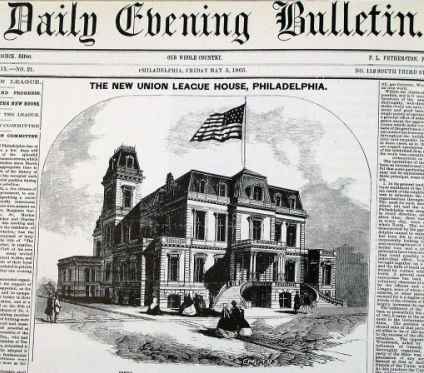
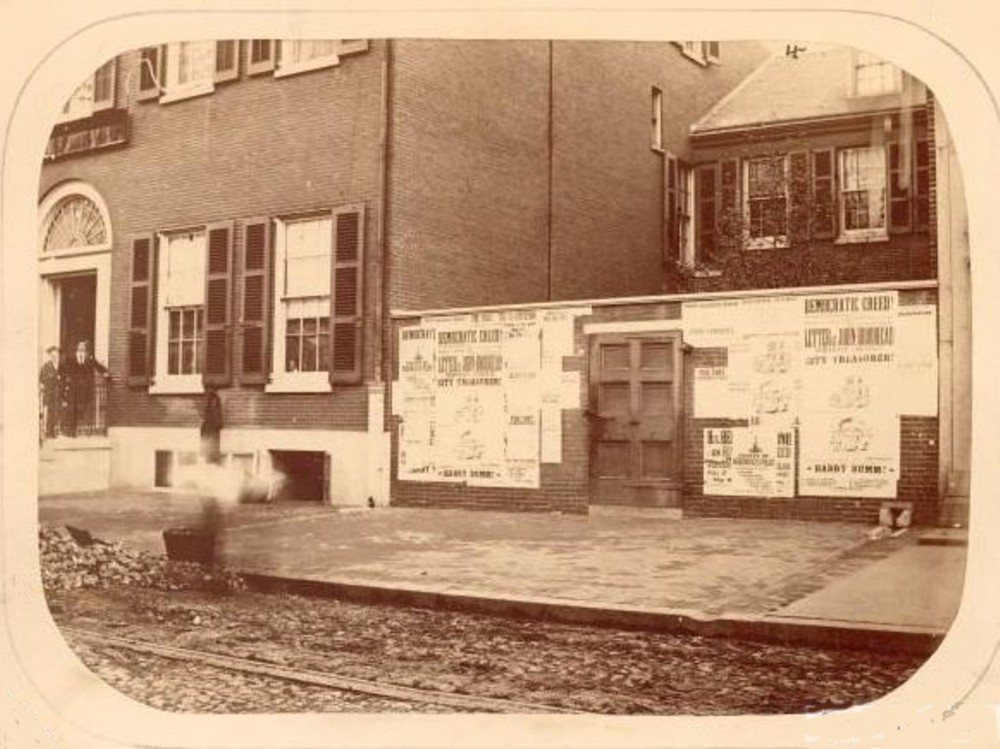
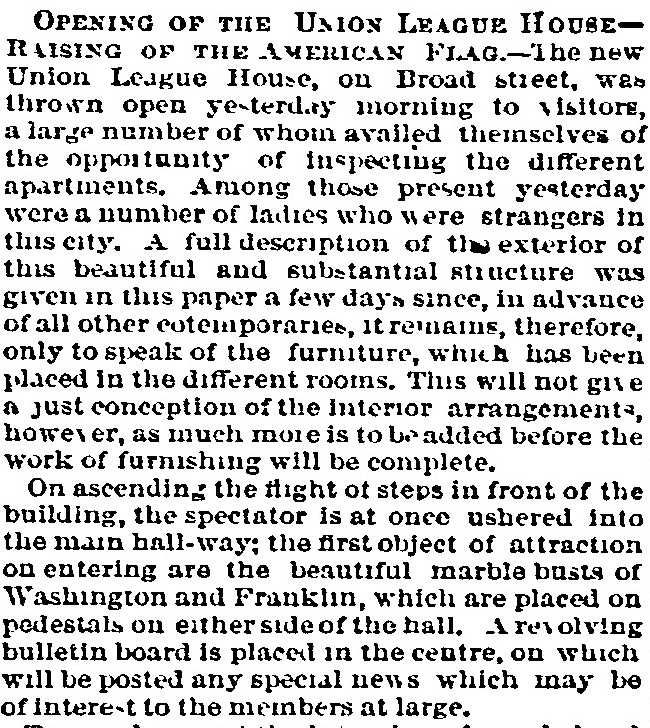
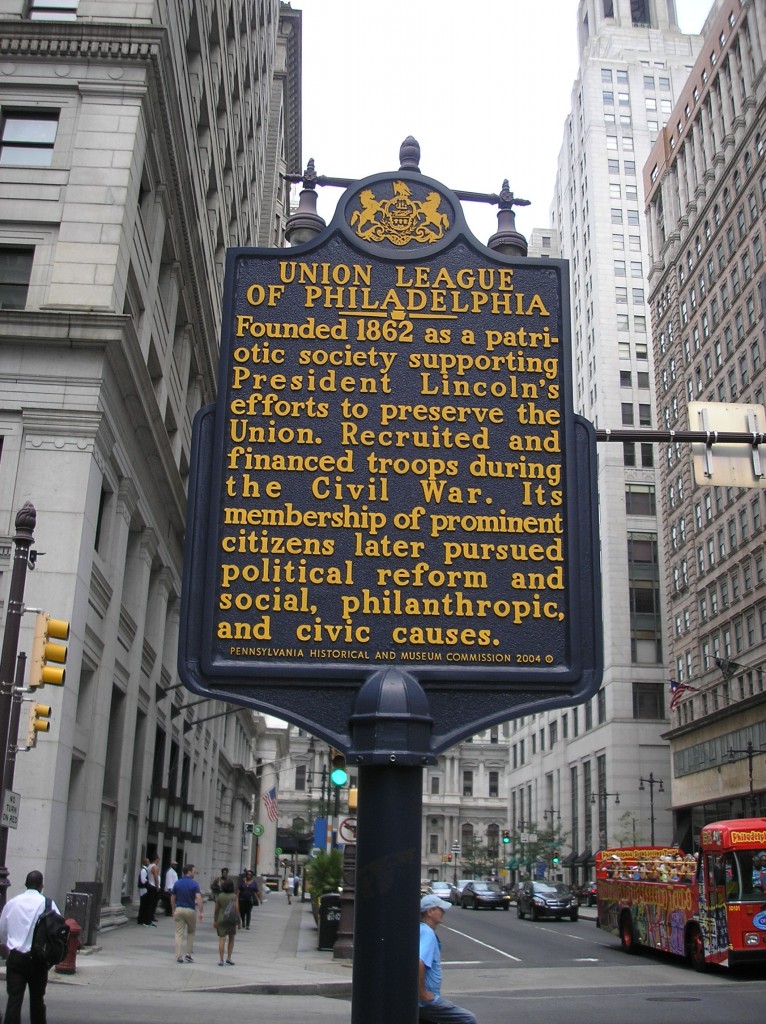
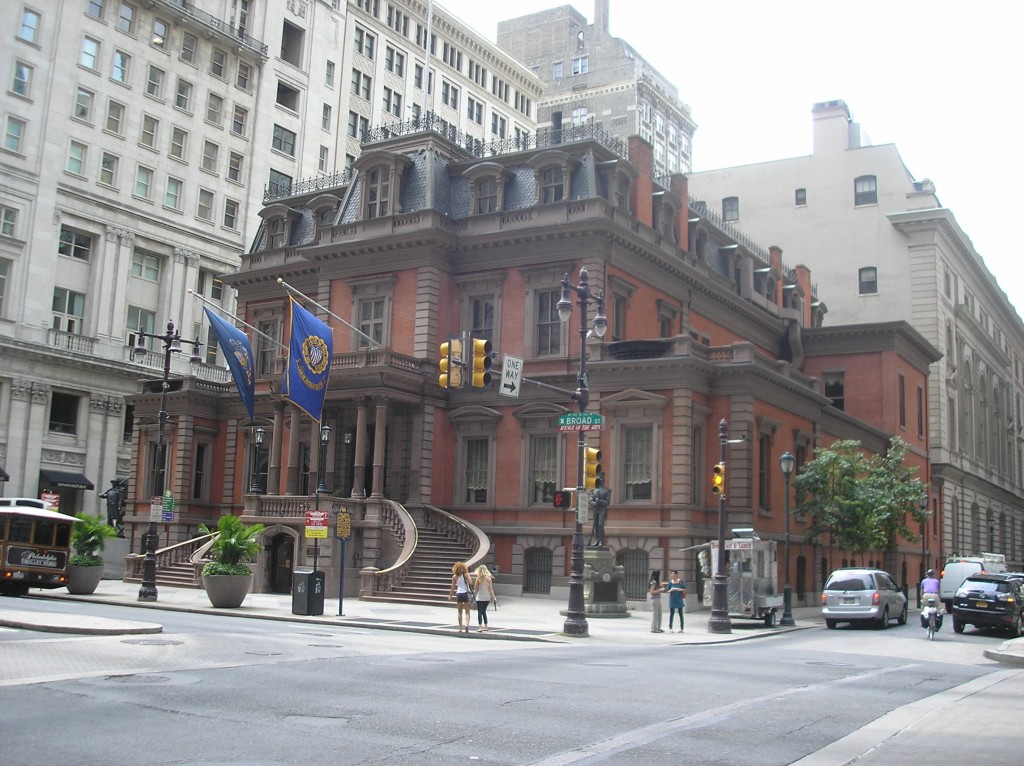

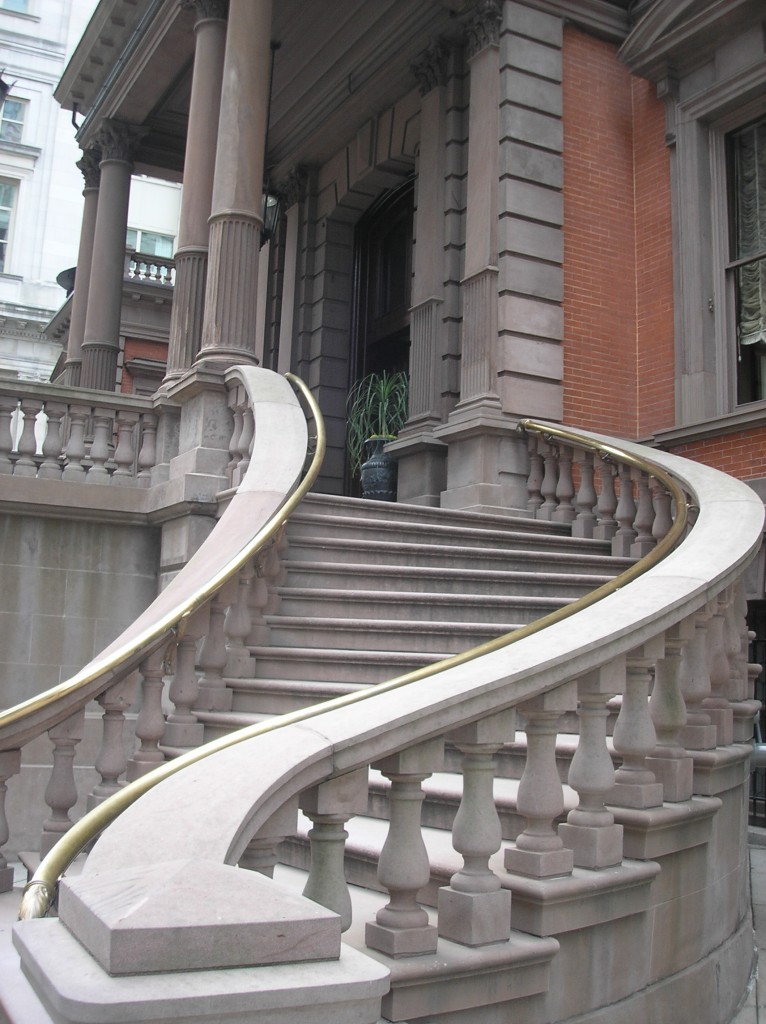
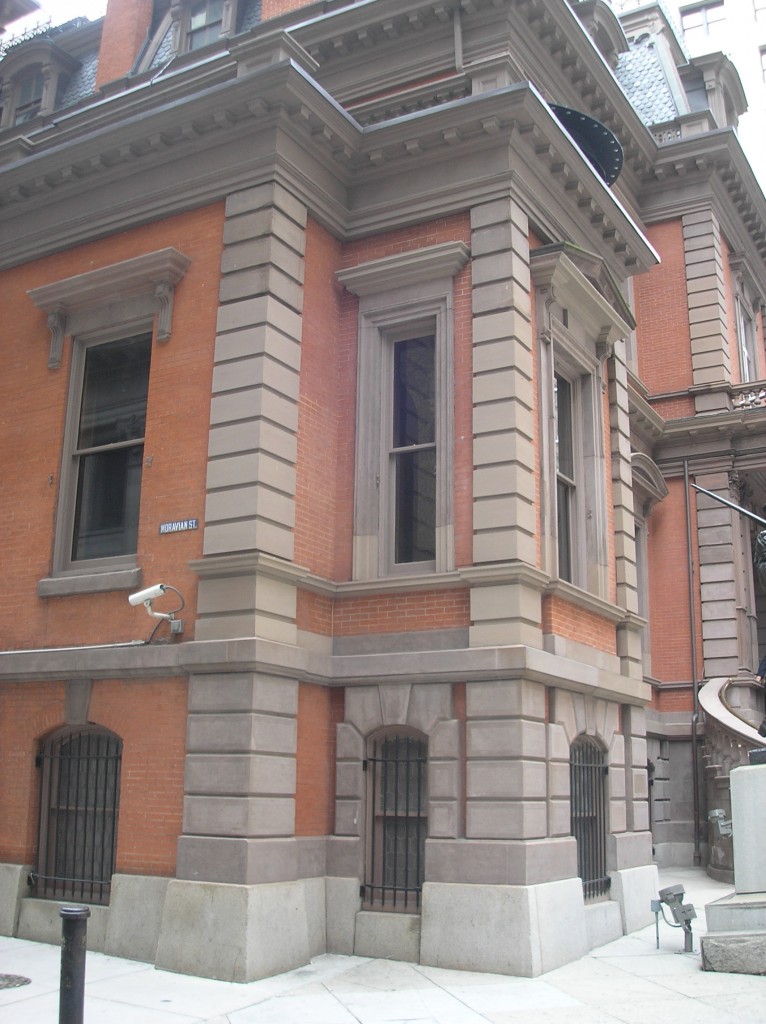




Comments